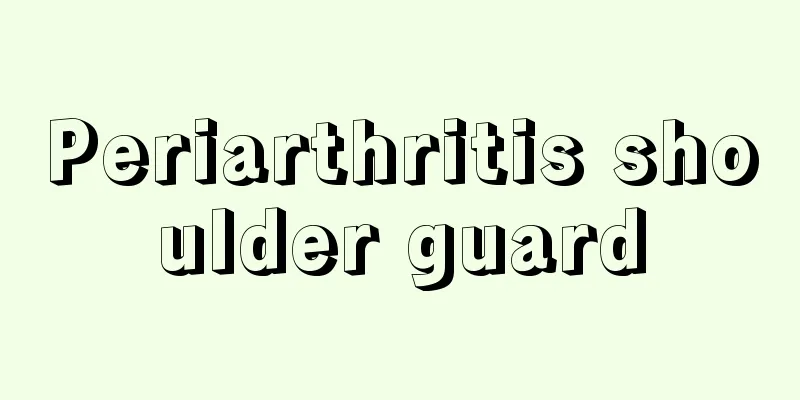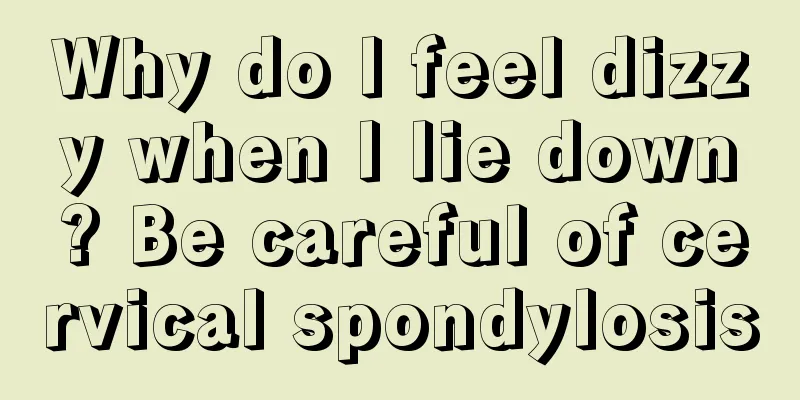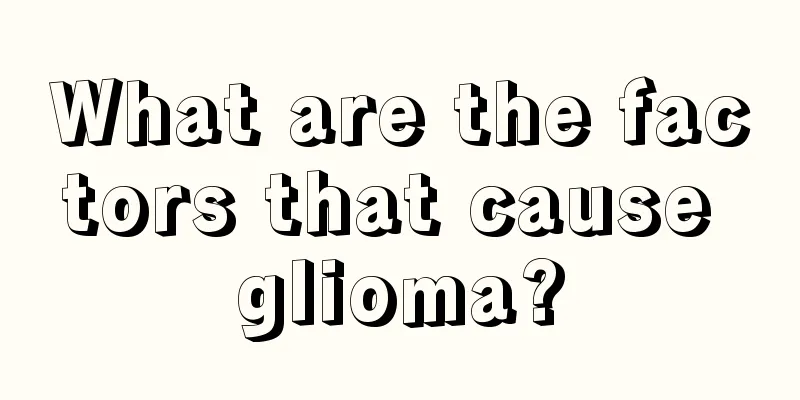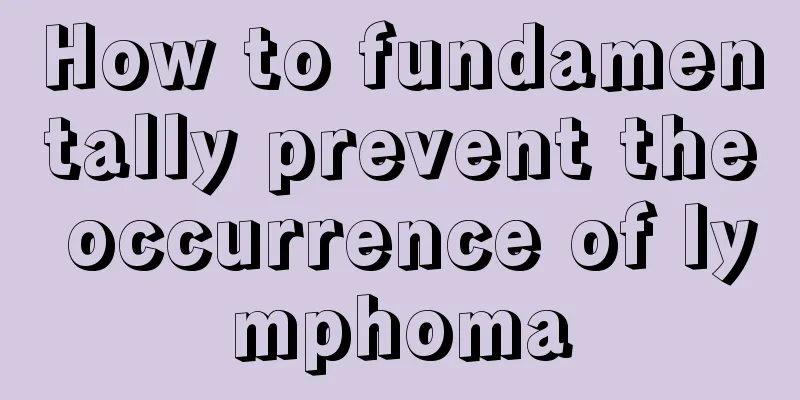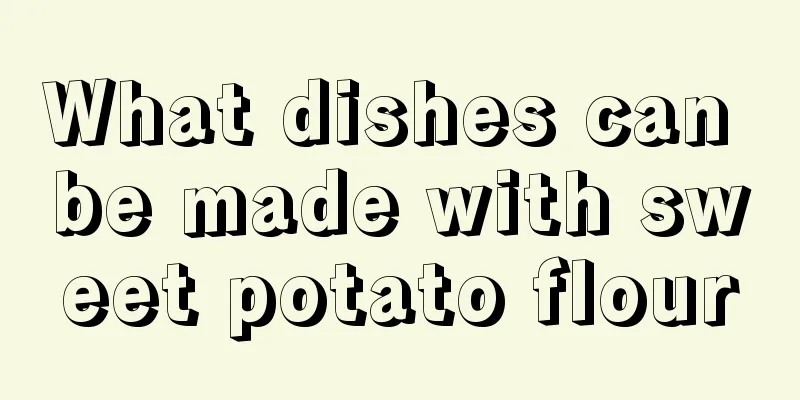What to do about tic disorder?
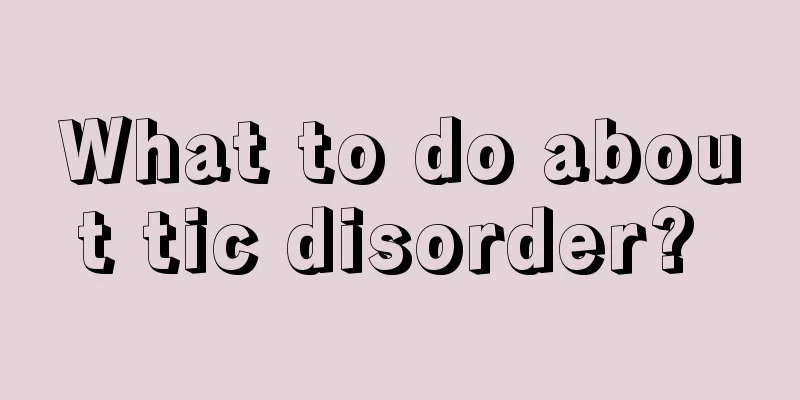
|
Many parents have found in their lives that when their children are quiet, their bodies often twitch involuntarily, and the symptoms of tics cannot be relieved. No matter whether they are beaten or scolded or educated, it is difficult to understand. This phenomenon should be considered. It is not because the child thinks it is fun and deliberately twitches, but a multiple tic disorder. Tic disorder is divided into two types, transient tic disorder and multiple tic disorder. Patients with transient tic disorder can be given appropriate medication and psychological counseling, and they can be corrected slowly. Multiple tic disorder can be considered a psychological problem, or a more serious neurological problem, which leads to a phenomenon. Different types of tic disorders have different prognoses and treatment principles. 1. Transient tic disorder The prognosis of this disease is generally good, and most cases can improve on their own. However, current research cannot tell us what kind of transient tic disorder will be alleviated in the future, and what kind of transient tic disorder will persist or gradually worsen. Generally speaking, no special treatment is required for patients with mild tic symptoms and little interference and damage. Pay attention to finding possible related physical or psychosocial factors and provide correct guidance. For the children, on the one hand, we should avoid excessive tension, fatigue and other heavy mental burdens; on the other hand, we should help them understand and accept the symptoms to reduce the shyness and anxiety caused by them; parents should also understand and accept the symptoms while paying attention to avoid aggravating the symptoms due to excessive attention. Patients whose tic symptoms are very frequent or whose tic patterns become increasingly complex and changeable may be given drug treatment. For specific drug administration methods, please refer to "Treatment of Multiple Tourette Disorders". 2. Chronic motor or vocal tic disorders This disease generally does not require special treatment, especially for those symptoms that have been persistent and have become a habit, such as clearing the throat or blinking in adults, and have no impact on daily life, study or work. Generally, no medication is needed. (III) Multiple tic disorder, namely Tourette syndrome or Tourette syndrome The course of this disease is slowly progressive, with symptoms fluctuating and new symptoms replacing old ones. In the early stages of the disease, a small number of children may experience temporary spontaneous remission. Robertson (1994) believed that during adolescence, TS symptoms become increasingly unpredictable and estimated that 30-40% of tics would be relieved by late adolescence. The severity of symptoms varies. Mild cases may go unnoticed and the child can go to school as usual. Severe cases may interfere with daily life and study, especially when accompanied by behavioral symptoms such as attention deficit hyperactivity disorder, compulsion and other behavioral disorders. Treatment requires a combination of drug therapy and psychological and behavioral therapy. |
<<: What are the methods for ripening bananas?
>>: What are the functions of bread improvers?
Recommend
What to eat every day to prevent ovarian cancer
Ovarian cancer is one of the most common tumors o...
When should liquid foundation be used
Before using liquid foundation, you should first ...
What are the diagnostic methods for renal cancer bone metastasis?
Kidney cancer has brought great pain to patients,...
Does eating breakfast affect blood drawing?
When it comes to blood drawing, everyone is very ...
What are some folk remedies for dermatographism?
Skin scratches are currently a relatively simple ...
What causes lung cancer?
Among the many cancer diseases, lung cancer is on...
Experts analyze the direct causes of colorectal cancer
Among the various causes of colorectal cancer, so...
What are the early symptoms of mumps?
The occurrence of mumps can be said to be a relat...
Dizziness, nausea, vomiting, weakness in limbs, all caused by cervical spondylosis
If you experience dizziness, nausea, vomiting and...
What to do if nasopharyngeal carcinoma has bone metastasis? What is the best way to treat it?
What should we do if nasopharyngeal carcinoma has...
What are the ingredients of rice washing water
Rice washing water is the water left after washin...
Ten amazing uses of hair dryers that you definitely don’t know about
What is the use of a hair dryer? I believe most p...
The harm of hair oil
When talking about hair treatments, many people w...
What is the function of the calf muscles
There are many muscle tissues in our body, which ...
What are the harms of chromium to human body
Chromium is a metallic element and an important a...

